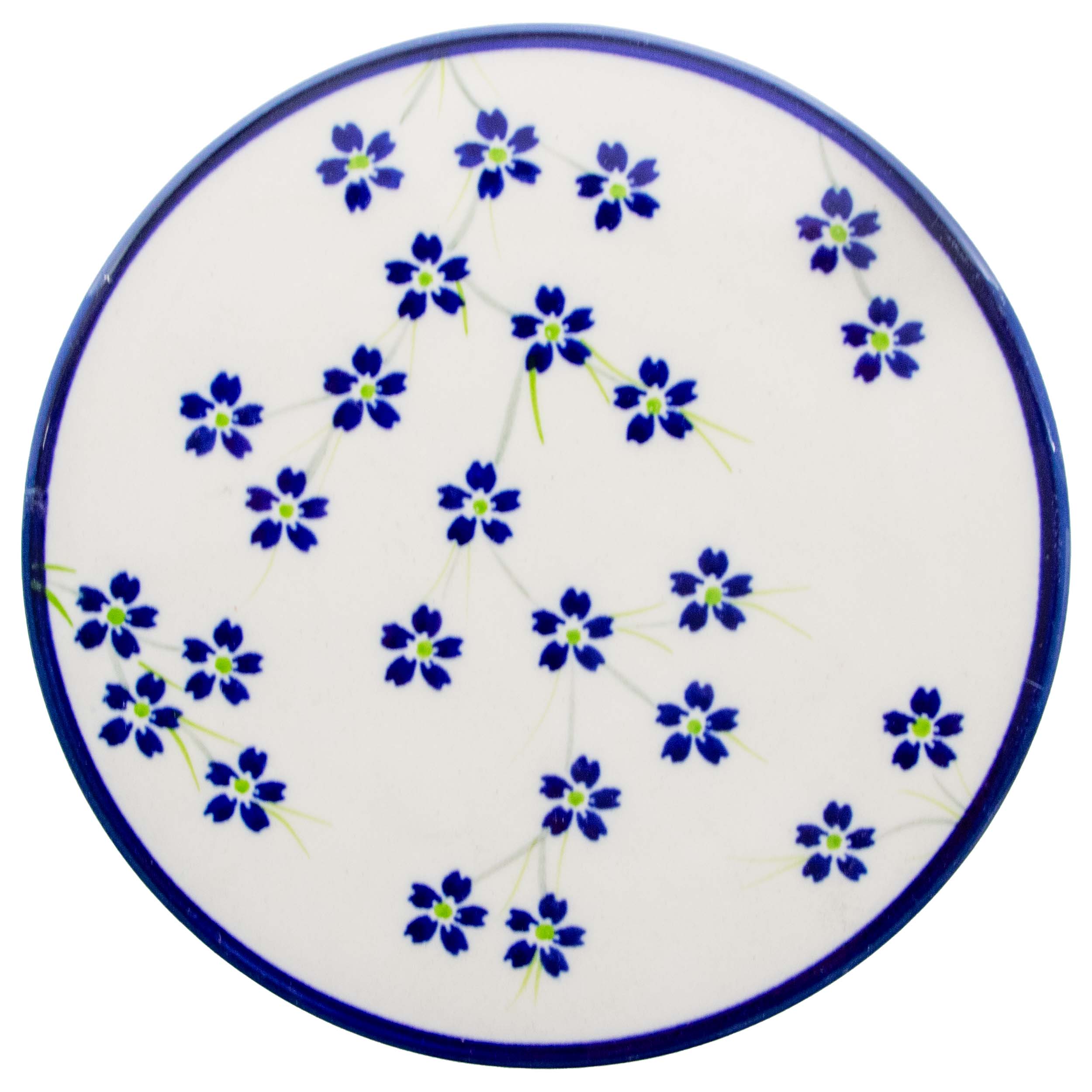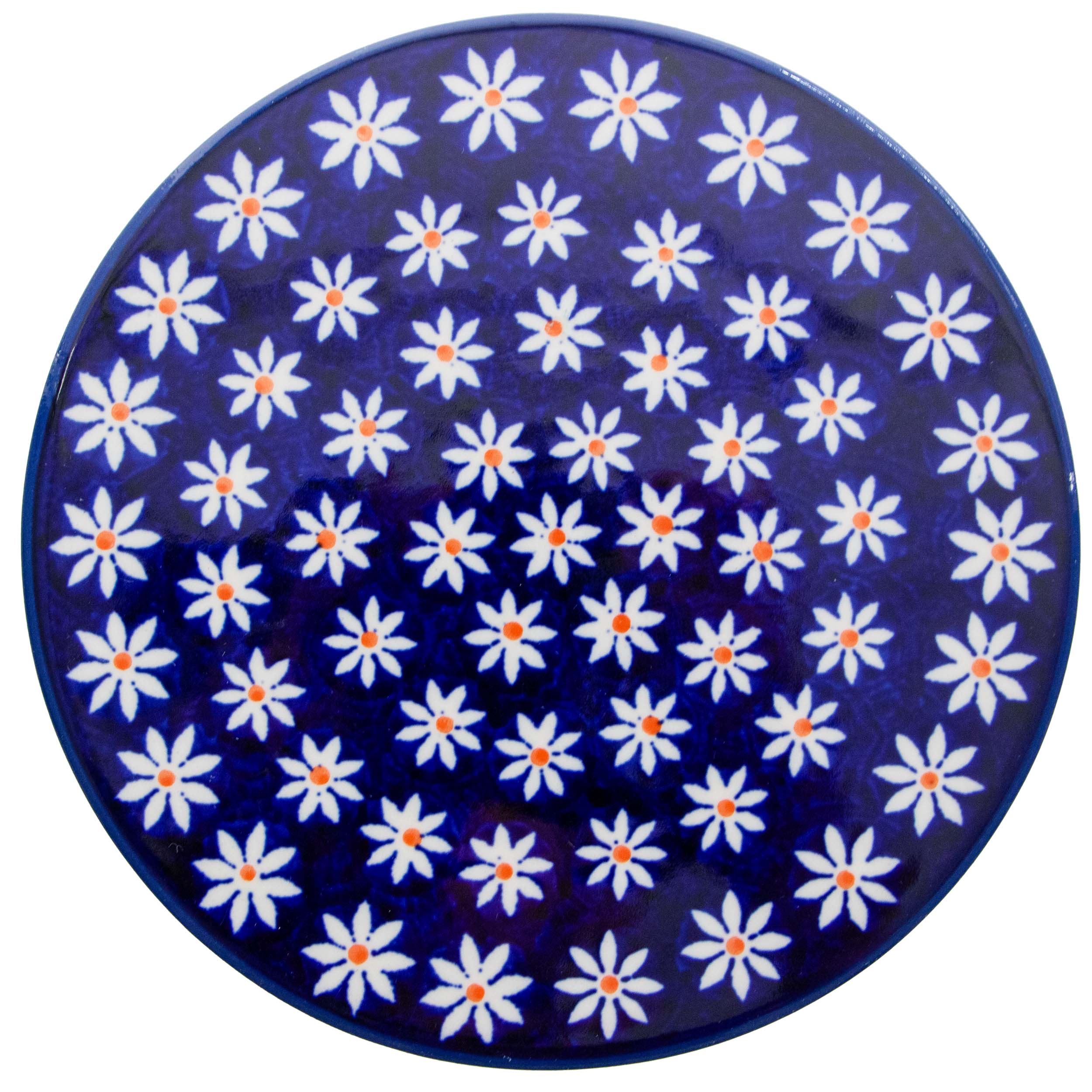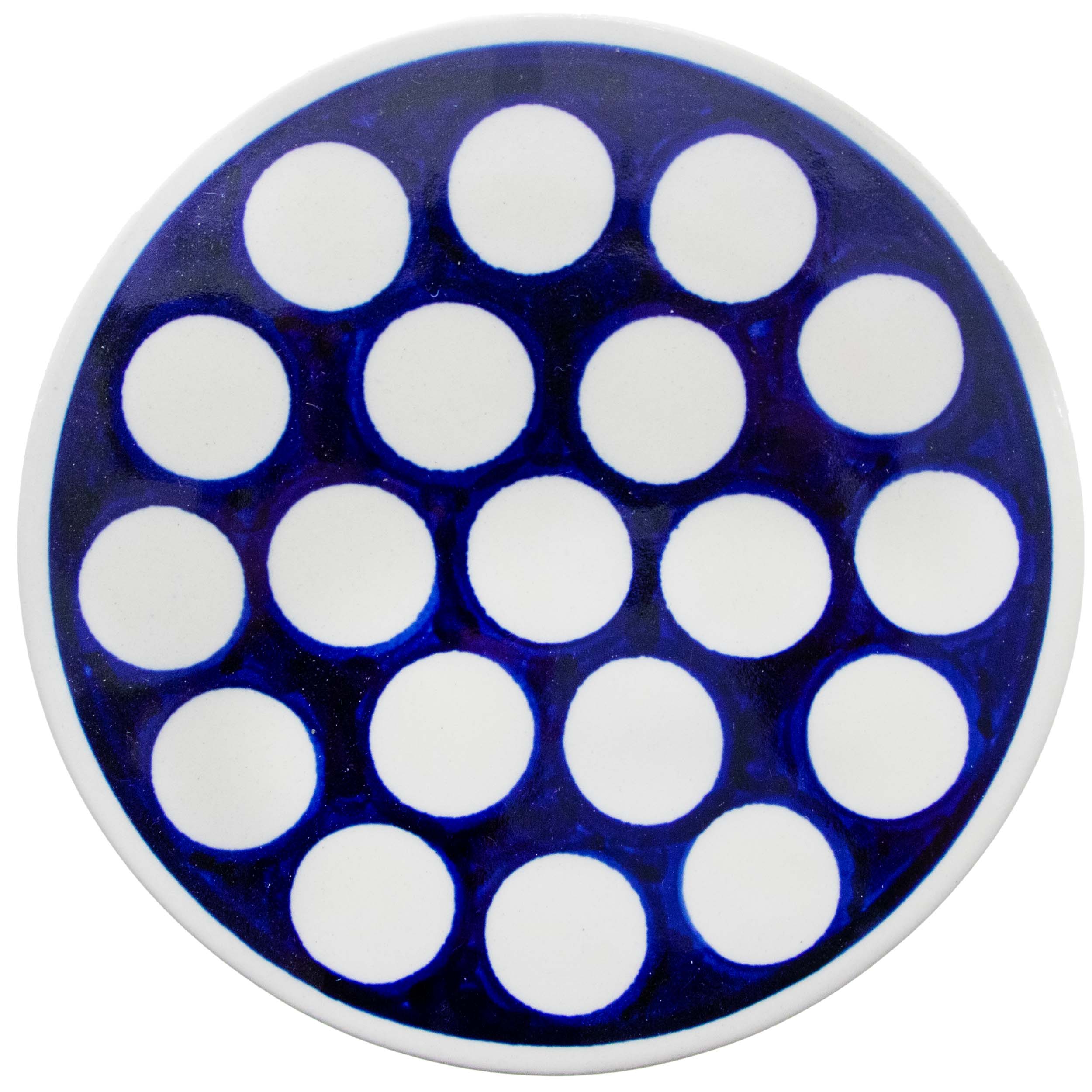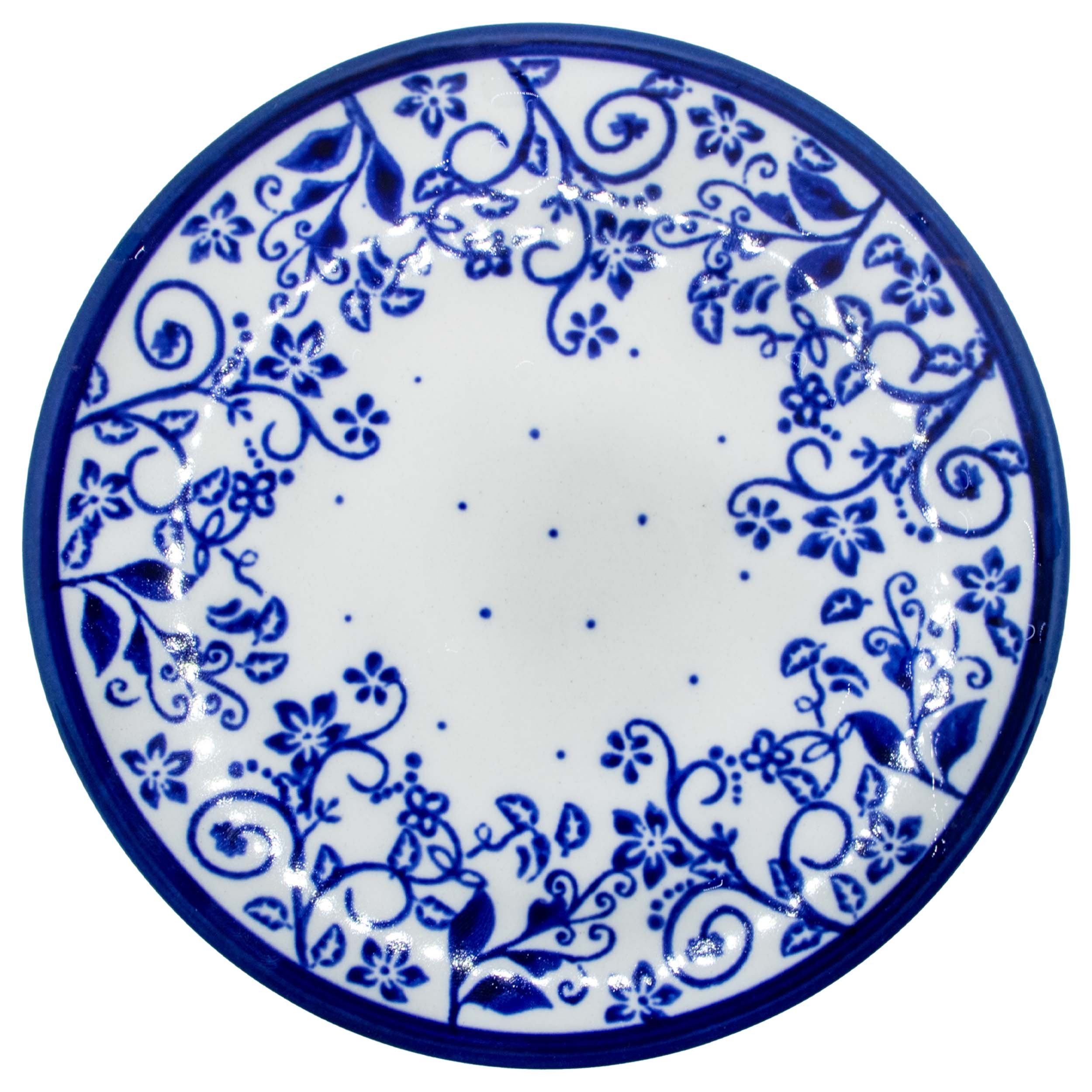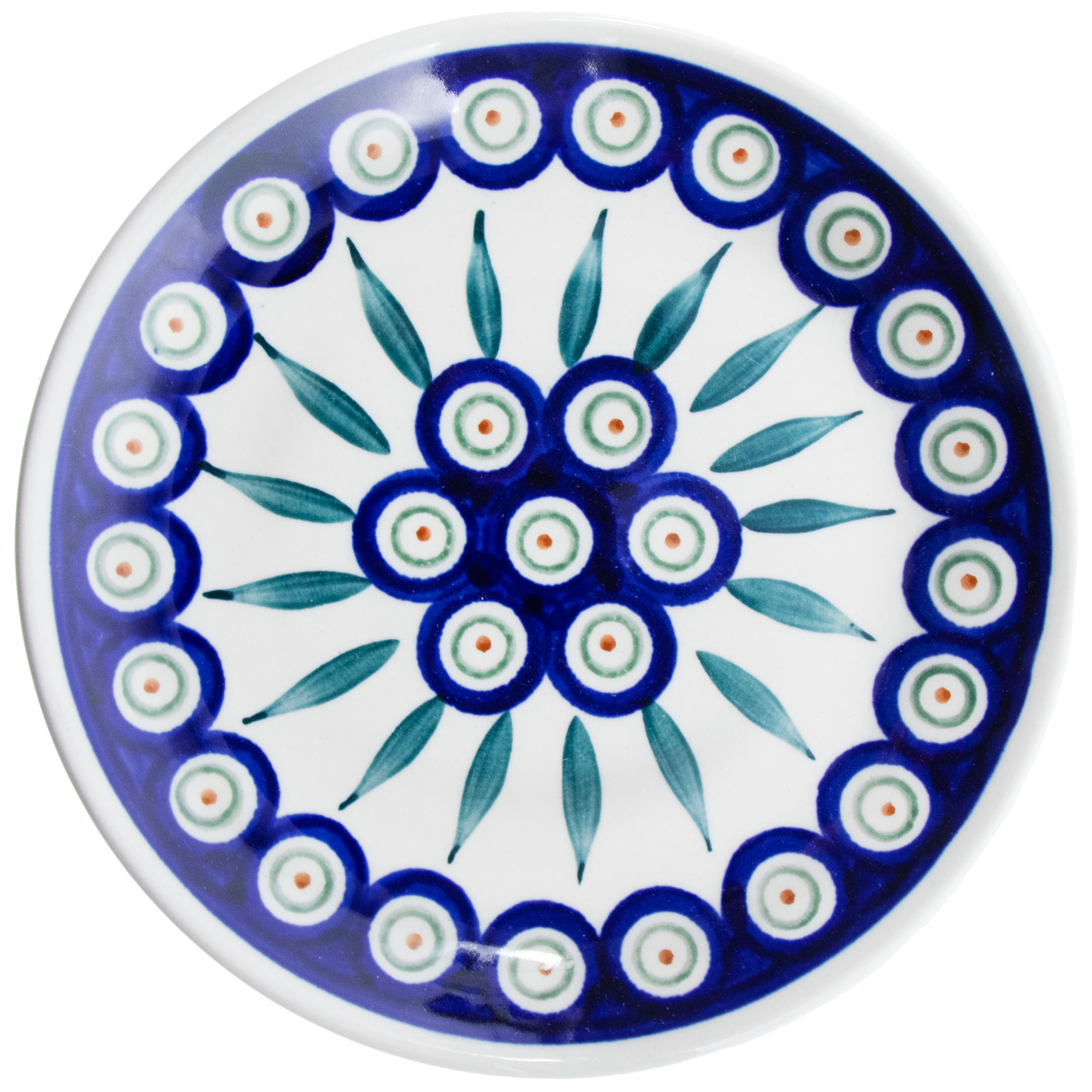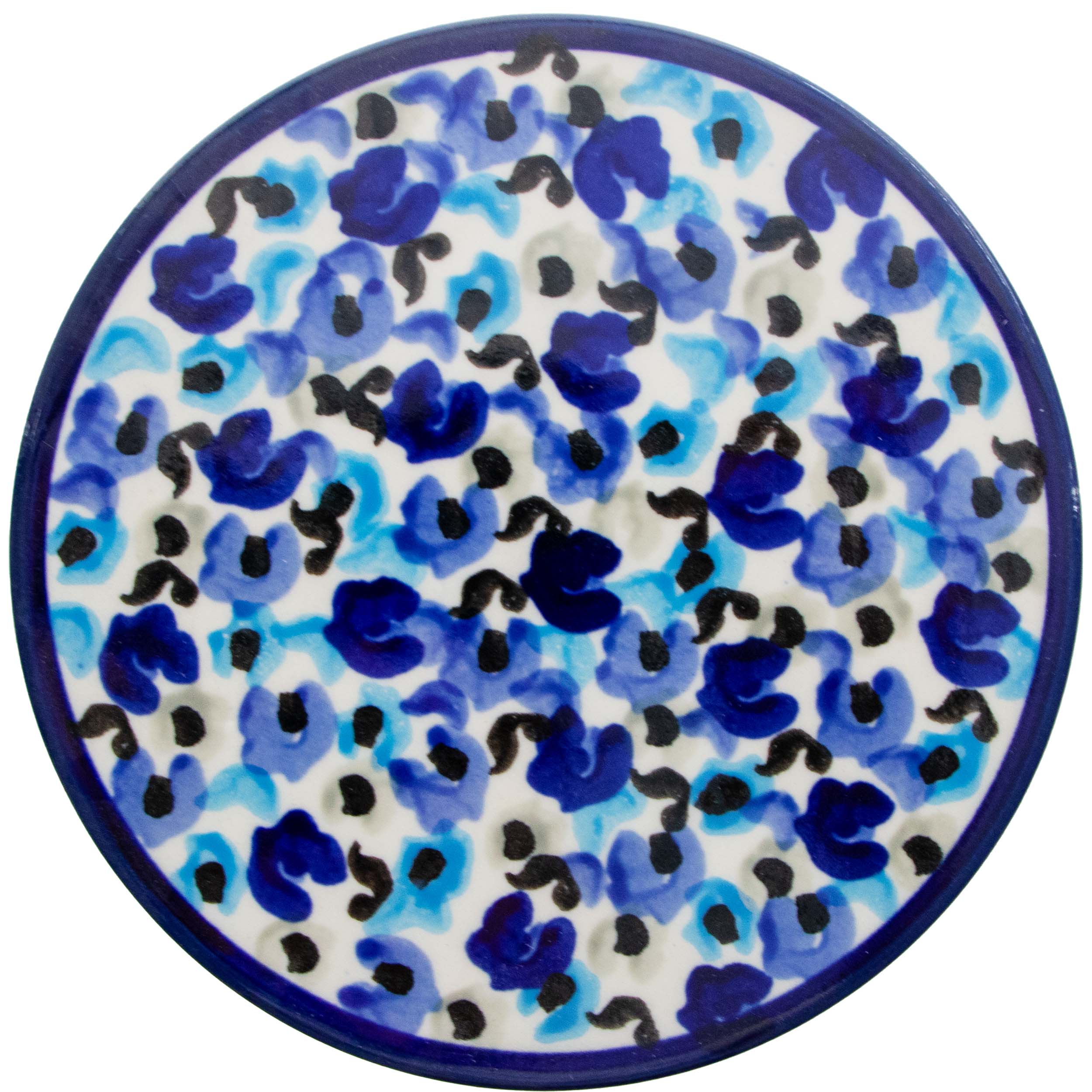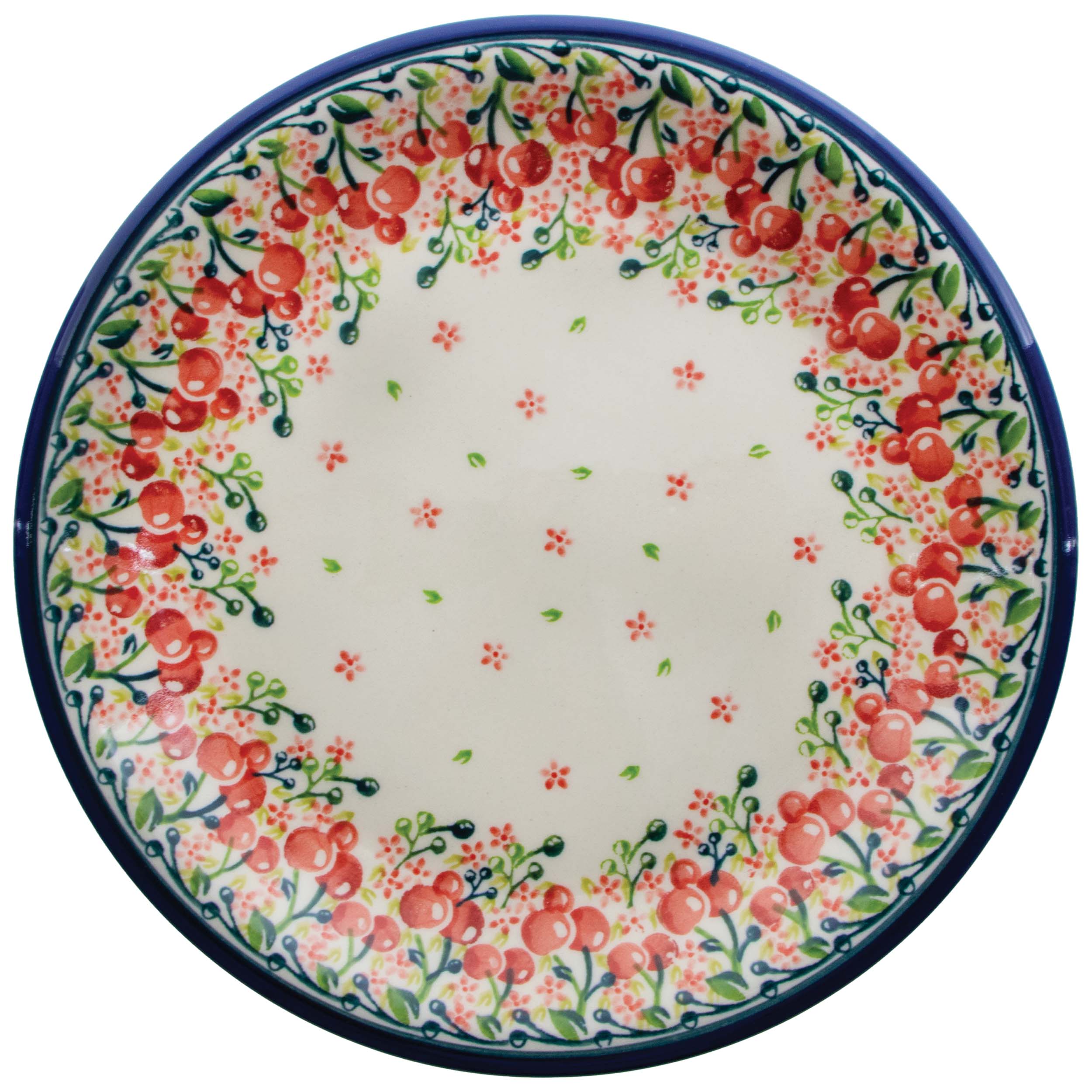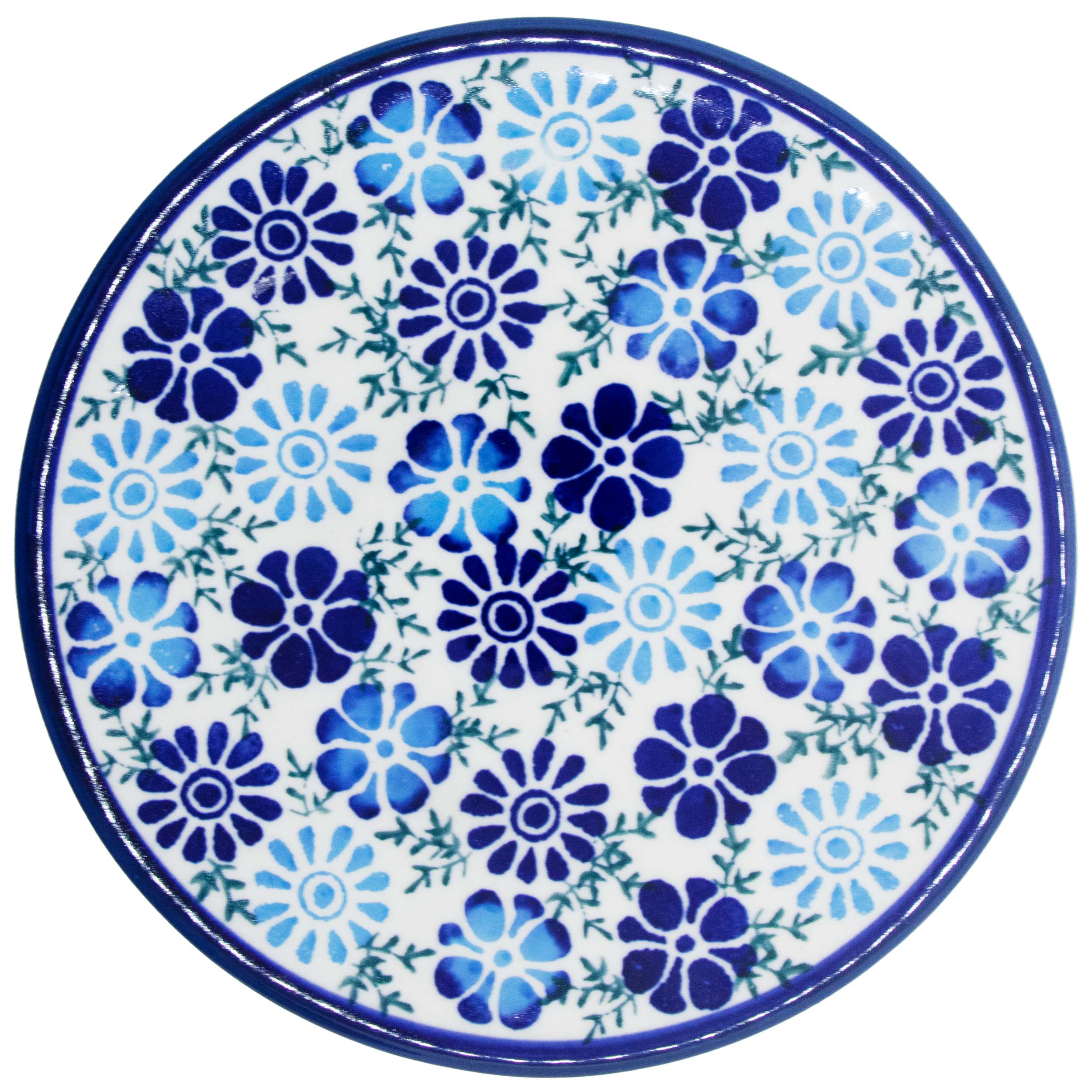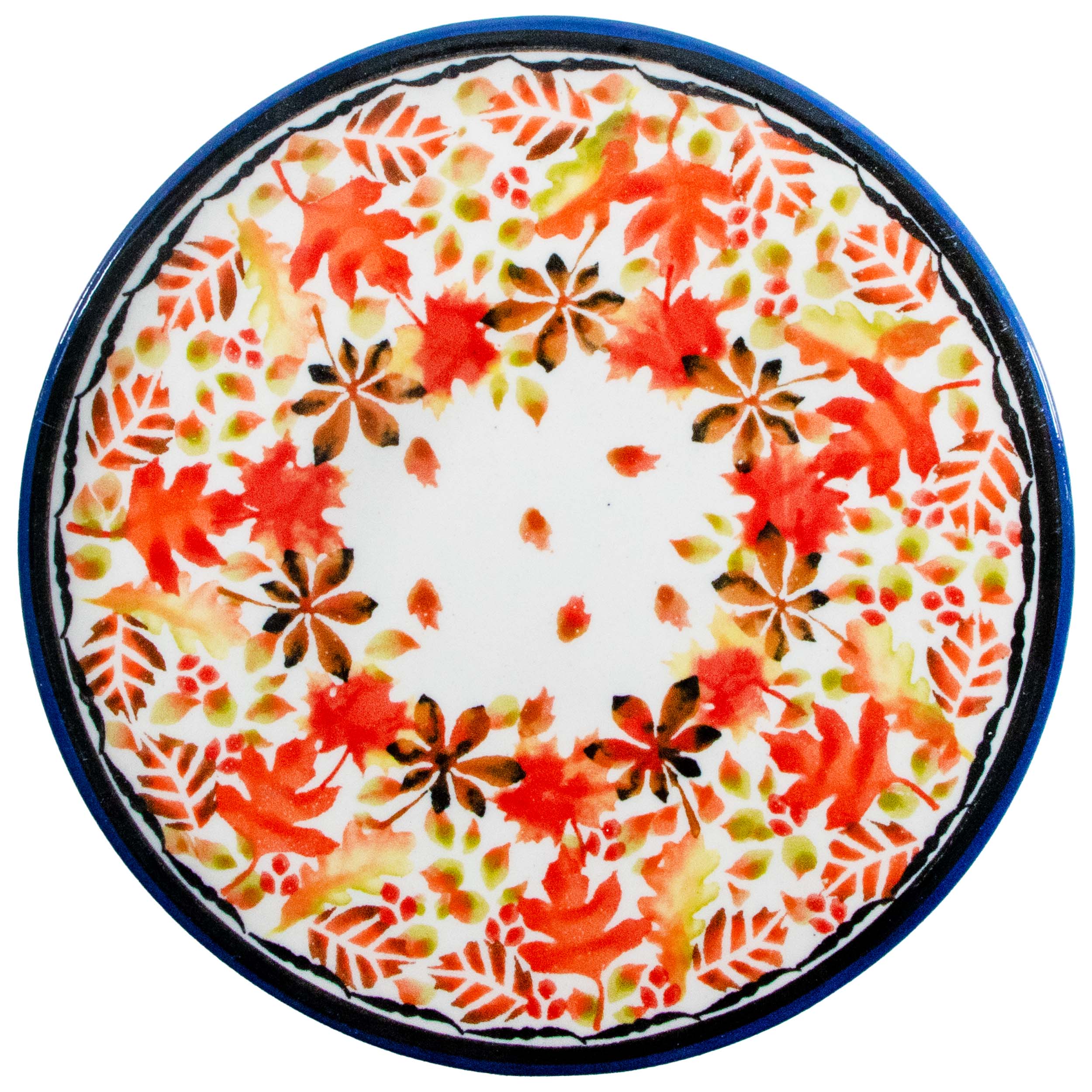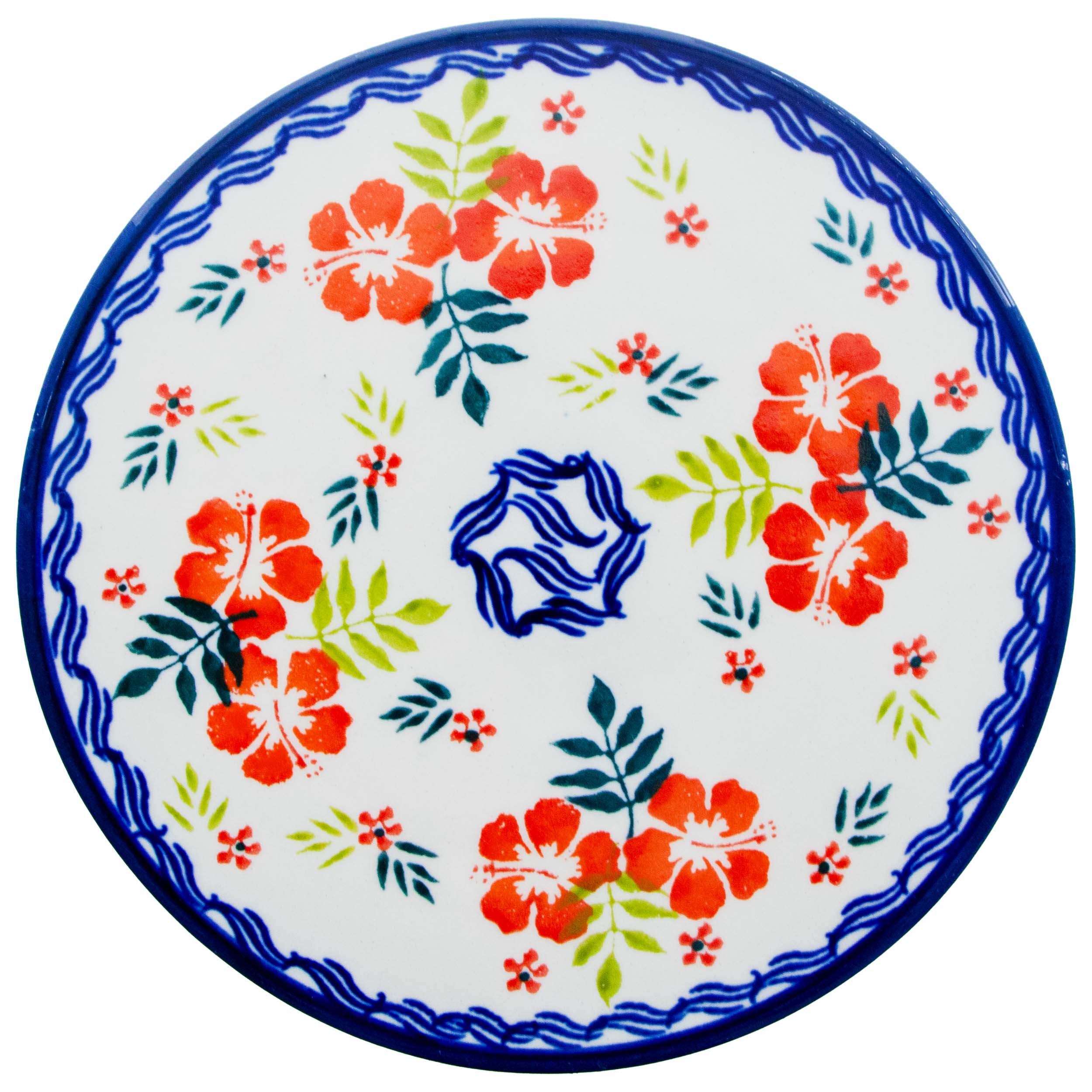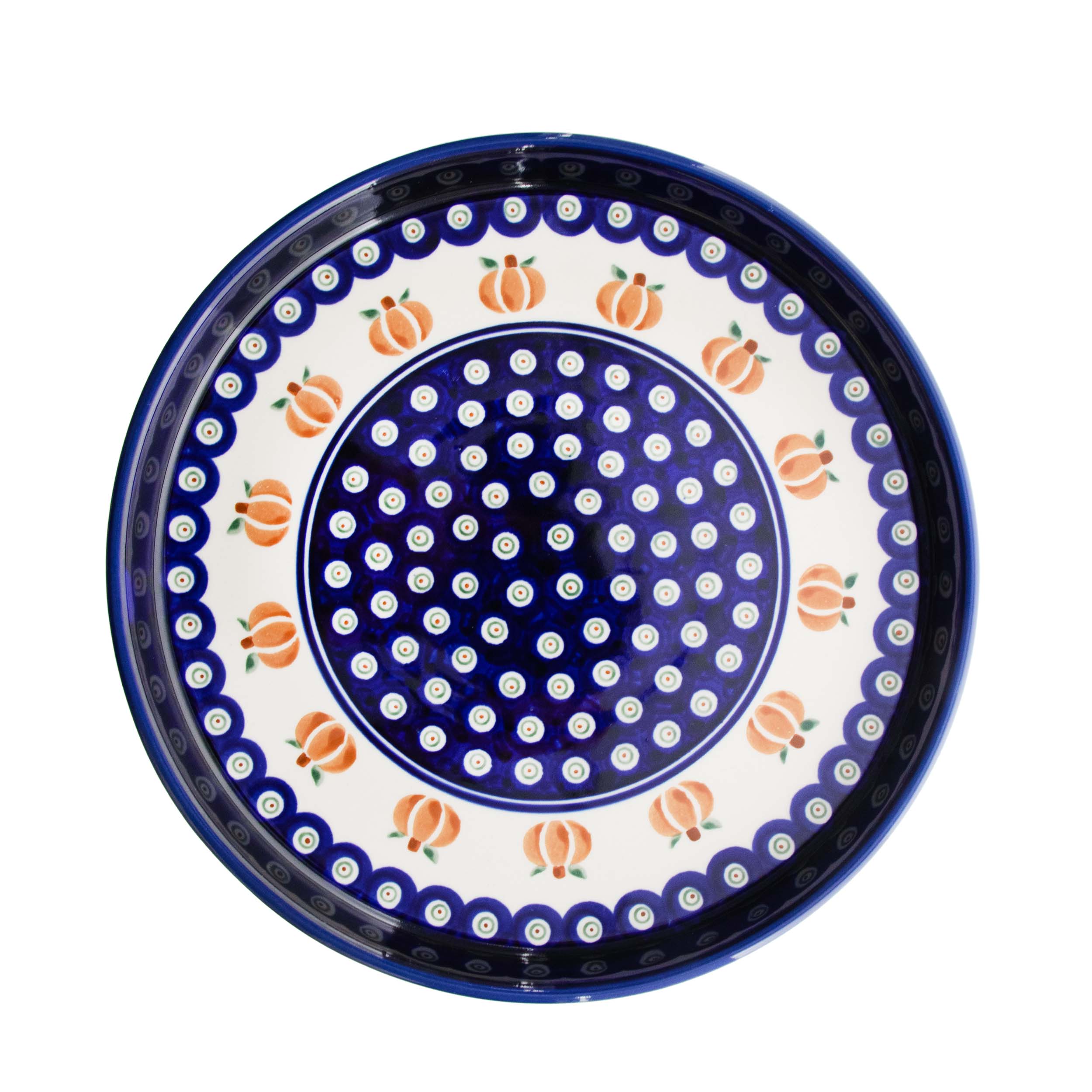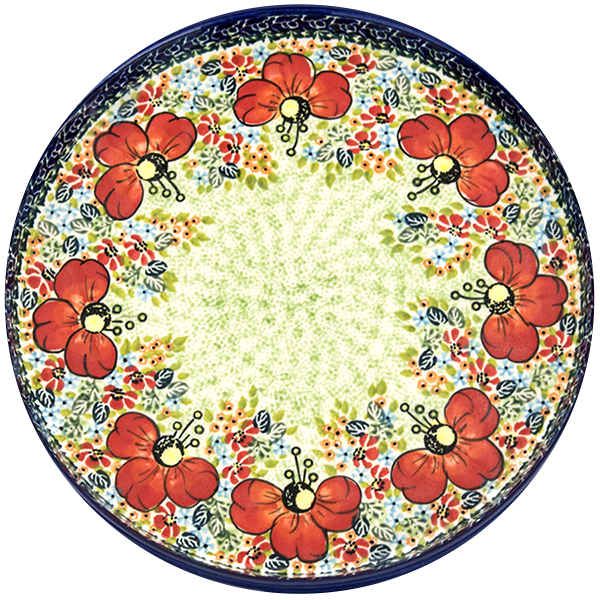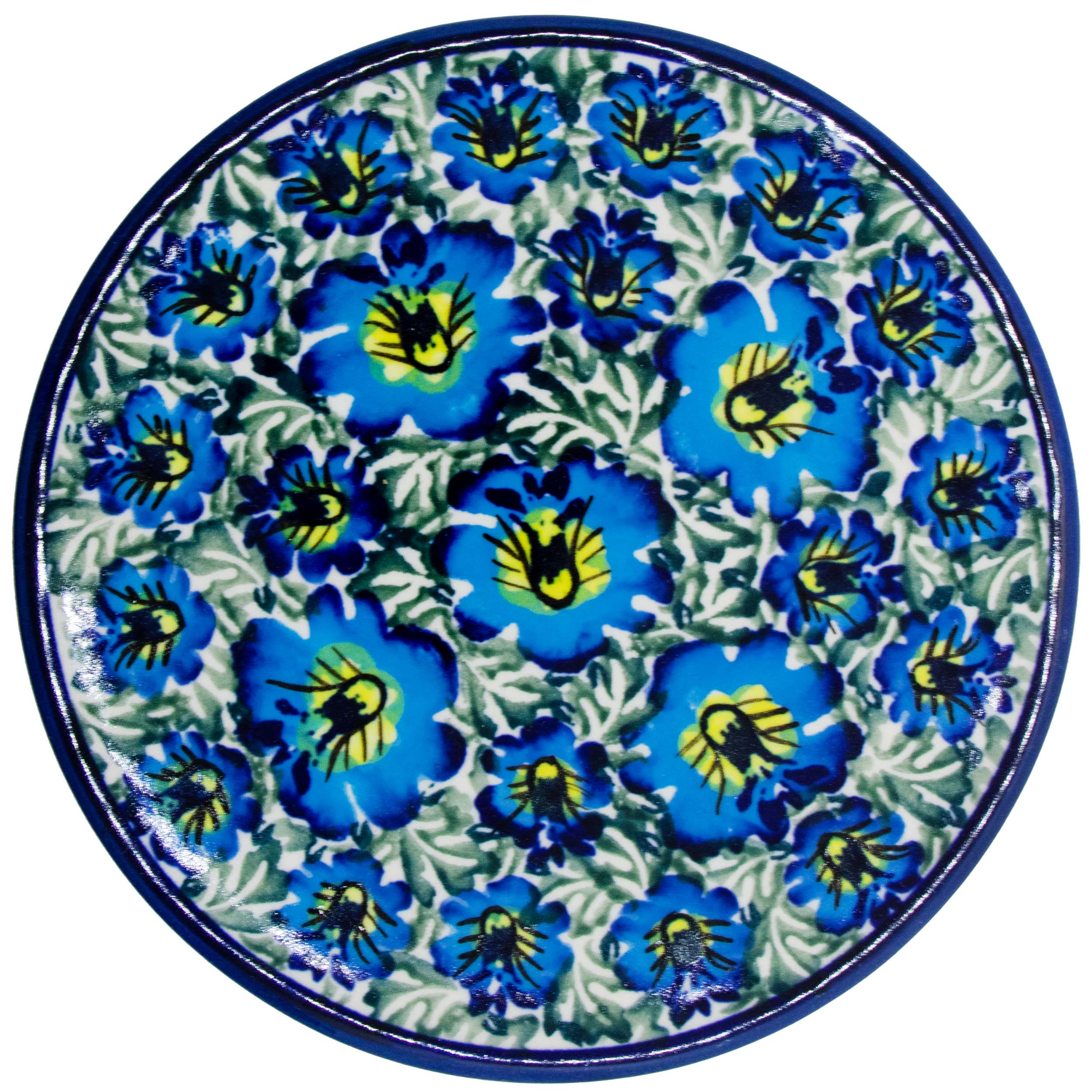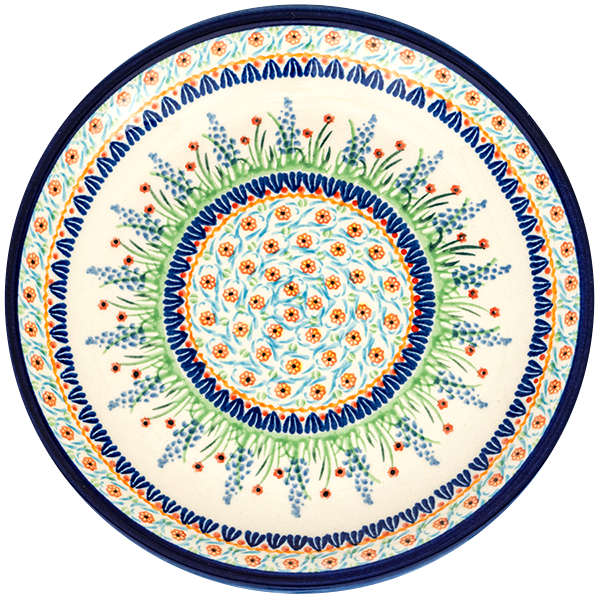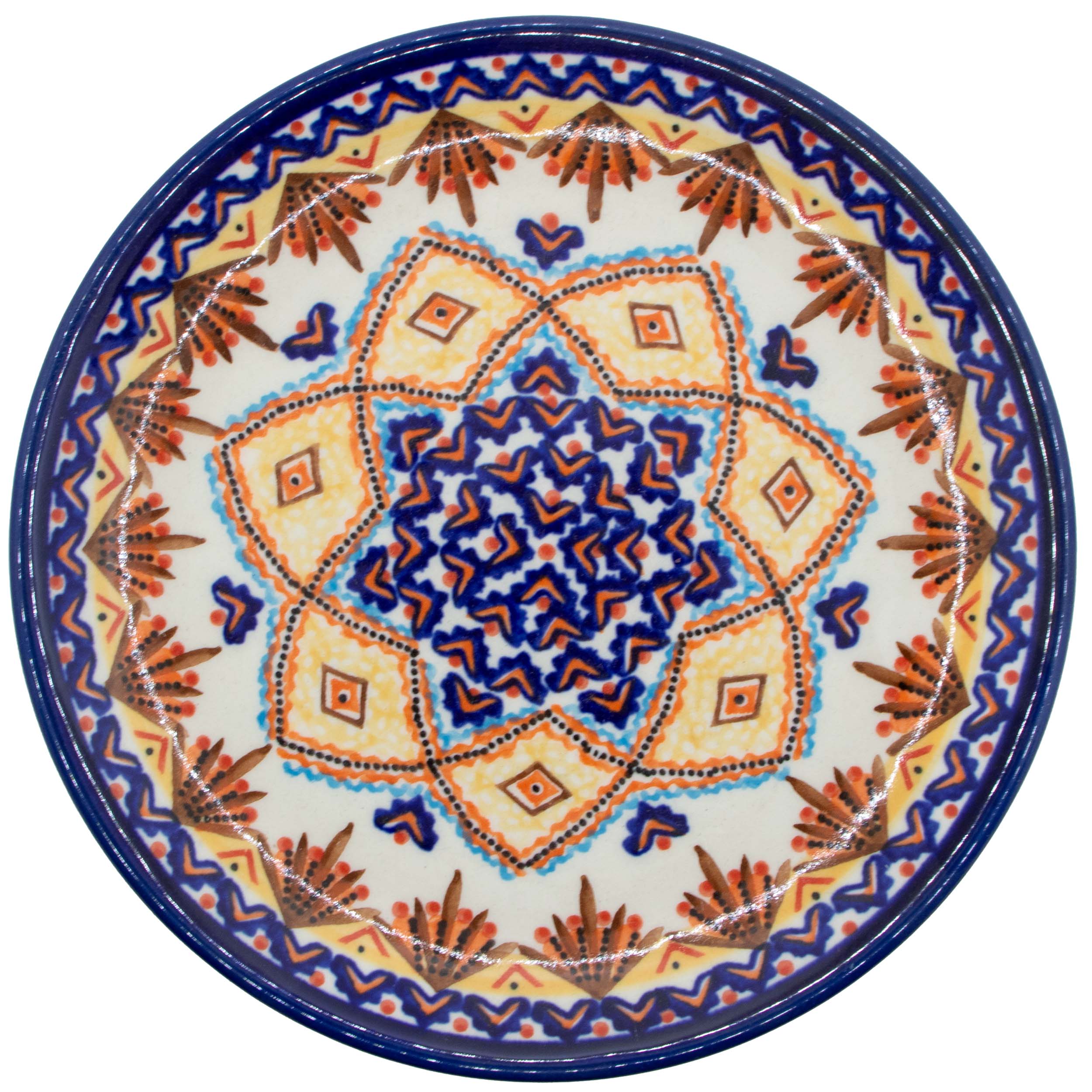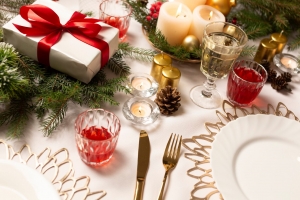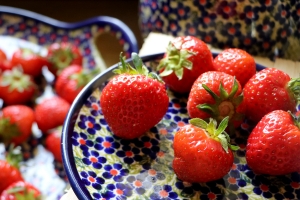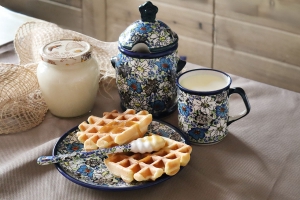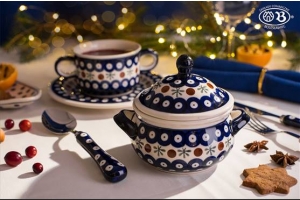Polish Pottery Through the Ages: A Historical Perspective

Polish Pottery Through the Ages: A Historical Perspective
Take a journey through time and explore the fascinating history of Polish pottery. These everyday items have a rich and storied past, from the Middle Ages to the present day.
Let's delve into the evolution of this unique craft and discover its enduring appeal.
Take a moment to appreciate the intricate patterns, vibrant colors, and rich history that make Polish pottery a true cultural gem.
Key Takeaways
- Polish pottery has a fascinating history that reflects Poland's rich cultural heritage and skilled craftsmanship. It started as everyday utensils in the Middle Ages but has since transformed into exquisite pieces fit for royalty.
- The artistry and attention to detail in Polish pottery have remained constant over time. Each piece is meticulously crafted, showcasing the skill and expertise of the artisans.
- One of the most iconic designs in Polish pottery is the vibrant Peacock's Eye pattern. With its bold colors and intricate motifs, this pattern continues to captivate admirers and symbolize the artistic prowess of this time-honored tradition.
- Polish pottery today showcases various designs and has expanded beyond traditional dishware to include unique shapes and decorative items. It has gained popularity as a thoughtful gift for special occasions.
- Even today, Polish pottery remains highly regarded and sought after by collectors and enthusiasts worldwide.
Pots, Jugs and Everyday Items from the Middle Ages
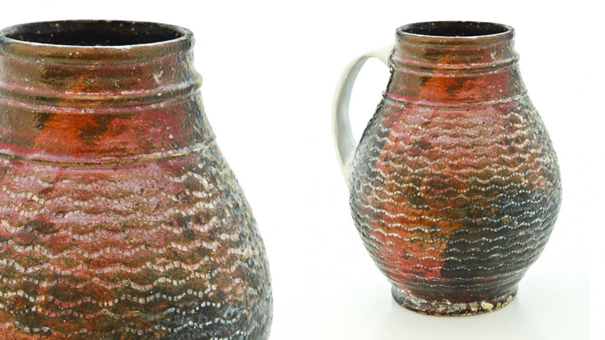
Photo from Zakladyboleslawiec
During the Middle Ages, people relied on practical utensils like pots, jugs, and bowls made in Bolesławiec.
These everyday items were crucial for cooking, storing food, and serving meals. Skilled craftsmen in Bolesławiec paid great attention to detail and functionality when producing these utensils.
The pots were built to be sturdy and durable, capable of enduring high temperatures and long hours of cooking over an open fire.
Jugs were designed to hold large quantities of liquid, while bowls were perfect for mixing ingredients or serving soups and stews.
These utensils served a practical purpose and were visually appealing, adorned with intricate artistic decorations and vibrant glazes.
The pottery from Bolesławiec during the Middle Ages reflects the creativity and craftsmanship of the artisans, leaving a lasting legacy in the world of ceramics.
These utensils were not just beautiful and functional, thanks to the artisans' commitment to both form and function. The attention to detail and the vibrant glazes added an element of artistic expression to everyday items.
Pottery Made for Royalty
Bolesławiec's skilled craftsmen gained fame and success by creating pottery for royalty. After rebuilding the town following the devastation of the Thirty Year War, the potters of Bolesławiec started making exquisite pottery specifically for kings and queens around 1650.
The craftsmanship and quality of these pieces quickly caught the attention of European nobles. Bolesławiec became renowned for its exceptional pottery, and its reputation spread throughout Europe.
Throughout the 1700s, the pottery made for royalty continued to gain recognition and popularity. European nobility sought out Bolesławiec pottery, which brought prestige to the town and its artisans.
This newfound fame also opened doors to new opportunities as the demand for Bolesławiec pottery increased.
The Wheel-turned jug of the Early 1700s
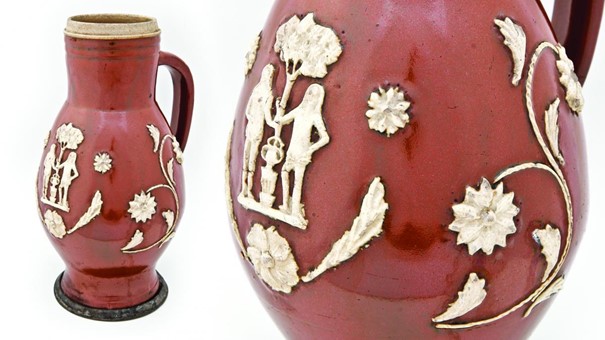
Photo from Zakladyboleslawiec
In the early 1700s, a new type of jug emerged in Bolesławiec, Poland. These jugs were known for their spherical shape, smooth or grooved bellies, and bronze glazing. They were made from local stoneware and significantly developed Polish pottery.
The spherical shape of these jugs allowed for a larger capacity, making them perfect for storing liquids.
Their smooth or grooved texture added a touch of elegance, making them visually appealing to the eye.
The jugs were made more robust and resistant to wear and tear by the bronze glazing, which also gave them a lovely finish.
The potters who made these jugs were highly skilled and paid great attention to detail. They often decorated the jugs with tin details featuring engraved dates and monograms. This showcased their craftsmanship and added a personalized touch to each jug.
The emergence of these wheel-turned jugs marked a new era in Polish pottery. Their innovative design and attention to detail set the stage for future developments and designs in the field.
On the other hand, Johann Gottlieb Joppe created his iconic "Large Pot" in 1753. Standing at a remarkable height of over 2 meters and boasting a voluminous capacity of around 2000 litres, this extraordinary vessel was the largest of its kind across the globe.
The "Large Pot" swiftly gained renown and became the quintessential symbol of Bolesławiec, so much so that its image adorned countless postcards.
This remarkable creation even inspired the creation of miniature replicas and served as the central theme for a captivating theatrical production.
The Peacock's Eye of the 1800s
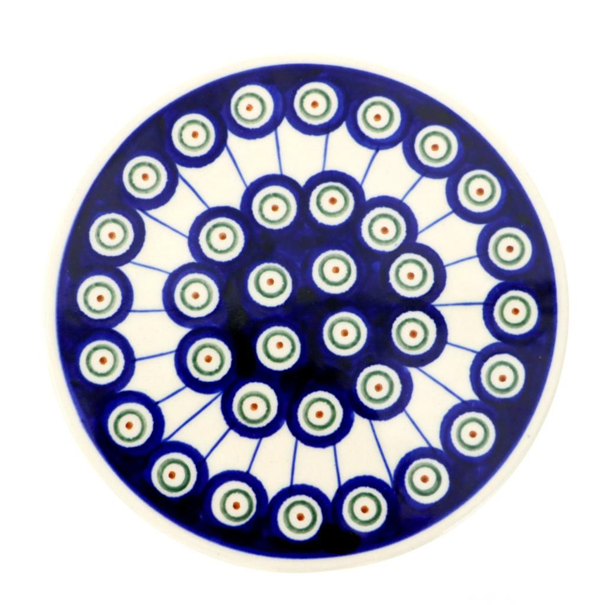
Cutting board ceramic from Zakladyboleslawiec
In the 1800s, Polish pottery witnessed the rise of the iconic Peacock's Eye design. This design became popular during the Jugendstil movement, a revival of Bunzlauer pottery that heavily influenced Polish ceramics.
The potters aimed to appeal to the upper class, including royalty and nobility, in order to secure a steady income. To achieve this, they adopted the peacock's eye design as their trademark decoration.
This design was inspired by the swirling patterns in the tails of male peacocks; the elaborate motifs evoked the birds' alluring feathers. The royal blue color was used, which strengthened the association with nobility and wealth.
Collectors and enthusiasts continue to place a high value on the Peacock's Eye pattern, which has come to be associated with Polish ceramics.
Its allure lies in the unique combination of intricate patterns and the rich blue color, which adds elegance to any pottery.
Today, the Peacock's Eye design stands as a testament to the artistic skill and craftsmanship of Polish potters from the 1800s. Its enduring popularity and timeless beauty make it a cherished and treasured addition to any pottery collection.
Designs of Polish Pottery Today
Polish pottery has truly evolved in its designs, offering a wide range of options to suit every taste and preference.
One striking aspect of contemporary Polish pottery is its various designs. From delicate and intricate floral patterns showcasing vibrant flowers and plants to more avant-garde motifs like circles and dots, there is something for everyone.
These designs add a touch of nature's beauty to the pottery and bring a sense of artistic expression and creativity.
Another captivating aspect of Polish pottery is the diverse range of shapes available. Beyond the traditional dishes and plates, you can find charming heart-shaped dishes that exude love and warmth.
Plates shaped like Christmas trees also capture the festive spirit, making them ideal for holiday gatherings and decorations. These unique shapes take the pottery to a whole new level, elevating it from a mere functional item to a conversation piece and a work of art.
The offerings in Polish pottery have expanded beyond kitchenware. Manufacturers have broadened their range to include an array of products suitable for various purposes and preferences.
You can now find beautifully crafted candlesticks that bring a cozy ambiance to any space, lamps that add an elegant touch to your home decor, and pet bowls that combine functionality with charming designs.
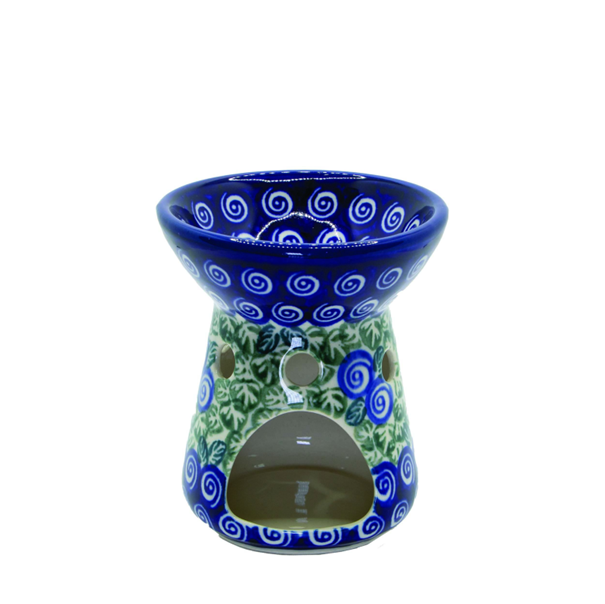
Aroma lamp from Zakladyboleslawiec
There are also clocks that merge utility with artistic beauty and money boxes that make saving a delightfully whimsical experience.
With such a wide variety of products available, Polish pottery has become much more than just kitchenware; it has become an integral part of home decoration and personal style.
Lastly, Polish pottery has gained immense popularity as a gift for special occasions. Whether it is a wedding, Christmas, or any festive holiday, the beauty and versatility of Polish pottery make it a sought-after gift option.
Its unique designs and high-quality craftsmanship make it a memorable and cherished present, capturing the essence of the occasion in a tangible and lasting way.
The recipient will appreciate the functional aspect of the gift and the artistry and thoughtfulness behind it.
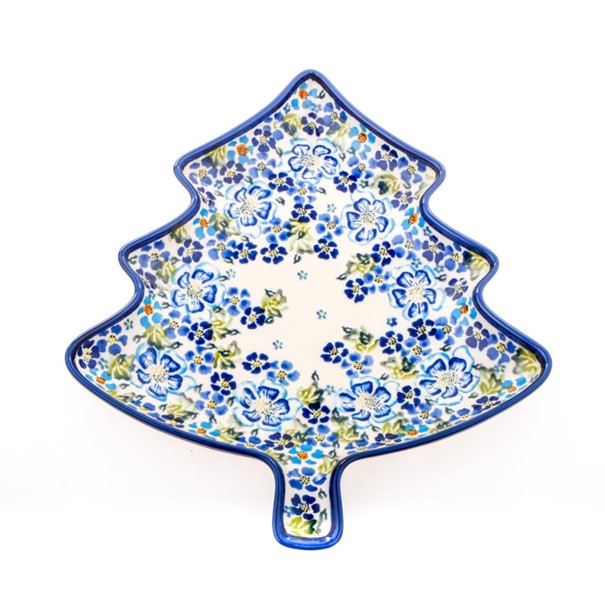
Christmas plates from Zakladyboleslawiec
Conclusion
Polish pottery has a long and fascinating history, showcasing the country's rich cultural heritage and skilled craftsmanship.
From its humble beginnings as everyday utensils in the Middle Ages, Polish pottery has evolved into exquisite pieces fit for royalty.
The artistry and attention to detail in Polish pottery have remained constant throughout the ages. Each piece is carefully crafted with precision and care, showcasing the skill and expertise of the artisans.
From its origins as practical items in the Middle Ages to its status as a cherished art form today, Polish pottery continues to captivate and inspire with its beauty and craftsmanship.
It's a true treasure, representing Poland's rich cultural heritage and its artisans' talent.




